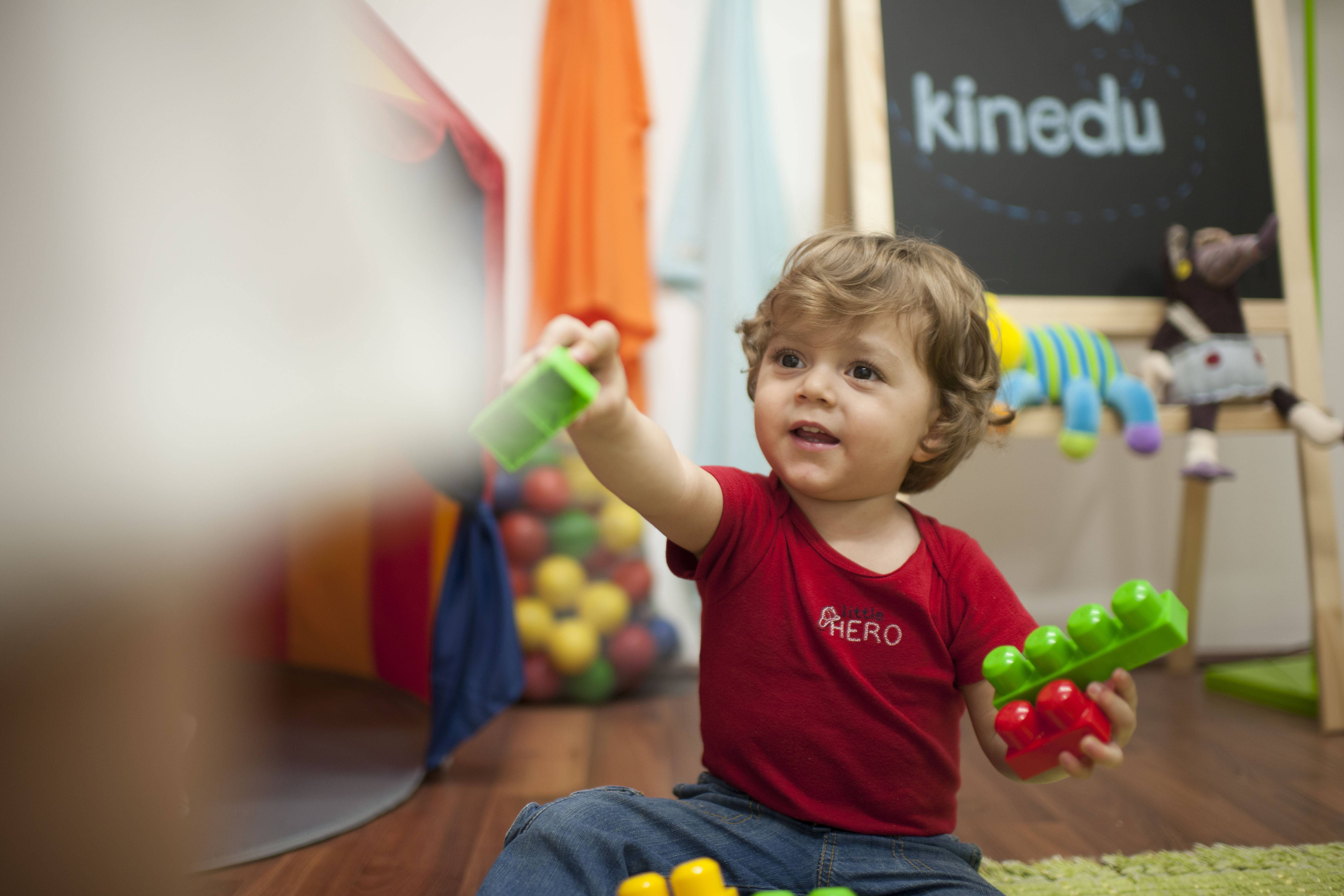Key points:
- Babies naturally crave social connections and depend on adults for survival.
- Serve and return interactions with caregivers are crucial for a baby’s brain development and social-emotional well-being.
- Social and emotional development involves eye contact, attachment, managing emotions, and building relationships.
- Fostering social and emotional skills in children is essential for their success in school and life.
Humans are born social animals, that’s why babies love being held, touched, talked to, and smiled at. It’s no wonder they crave a connection with adults –babies are completely dependent on others throughout their childhood for survival. Keep reading to learn more about children’s social and emotional development.
In order to thrive, not just survive, babies need more than just food and shelter. Not surprisingly, they need to engage and receive attention from their parents and caregivers. What is surprising, however, is that babies need a specific type of engagement: a serve and return relationship.
Why are serve and return interactions important for social and emotional development?
Serve and return interactions with caregivers are necessary for a baby’s brain to wire properly and to set the right architecture for future learning. They follow the pattern in which a baby “serves” through babbling, facial expressions, or gestures; and adults “return” the serve with a meaningful response –say, another gesture or vocalizing back.
If your little one points at something, makes a sound, moves their arms or legs, that is a serve too! So you have to pay attention to what your child is doing or focusing on so you can engage in the exchange. These simple interactions allow for the right connections to take place in your baby’s brain, and also create the safe and nurturing environment that they need to develop socially and emotionally.
What does children’s social and emotional development look like?
This area of development will be the most exciting for you to witness. Your baby’s eye contact, their response to your smile, and their later social smile are all part of their development and signals the growth of your relationship. Your baby will even go berserk at around nine months when you leave the room –even for a second– because of their separation anxiety. However, their nervous system will mature and they’ll eventually be able to deal with everyday stressors and entertain themselves for longer.
Creating a solid brain architecture for future learning is only part of the developmental picture, albeit an important one. A serve and return relationship will help your baby develop a secure attachment with you, which has many implications for their emotional intelligence. In the long run, how well your child manages their feelings, understands others’ emotions, and interacts with their peers will be incredibly important for forming successful relationships and maintaining their emotional well-being. It will also help them build self-confidence, develop conflict resolution skills, be motivated to learn, and have stable mental health.
In other words, children’s social and emotional development gives them the skills to pay attention in class and get along with their classmates, two out of many social skills that are as important for life as learning math and science.
Kinedu has plenty of pointers and activity ideas for boosting your child’s social and emotional development. Here’s one of our most popular activities. Leave a comment below sharing more ideas on how you foster these skills at home!








